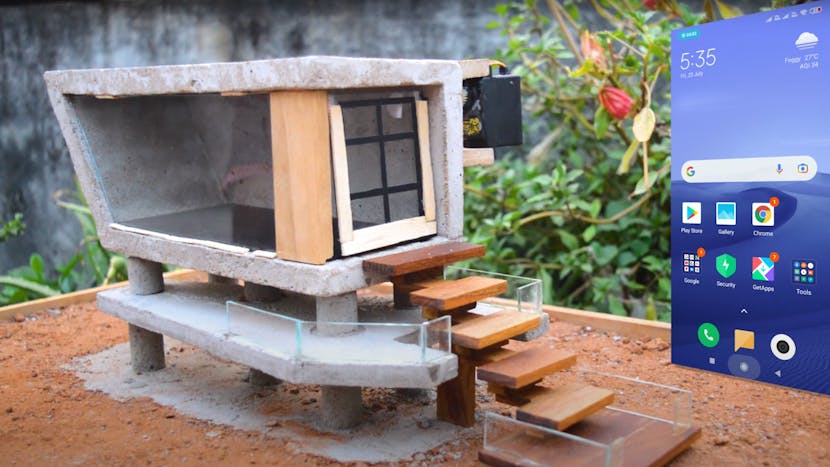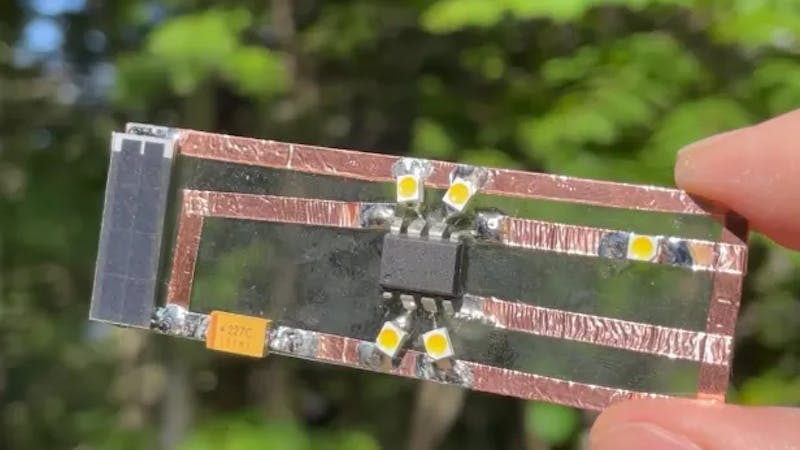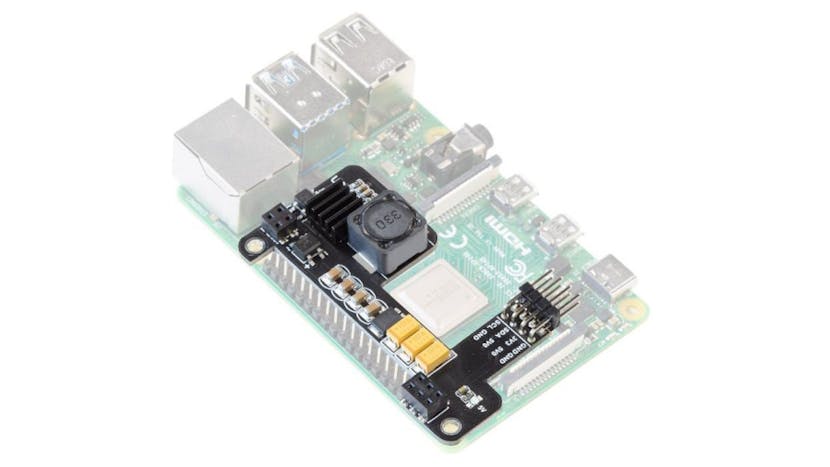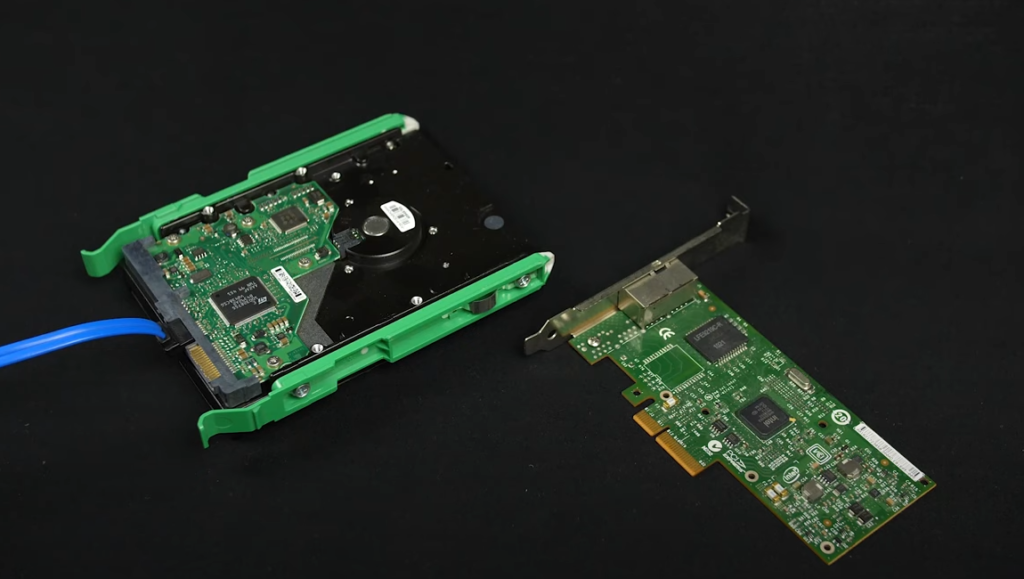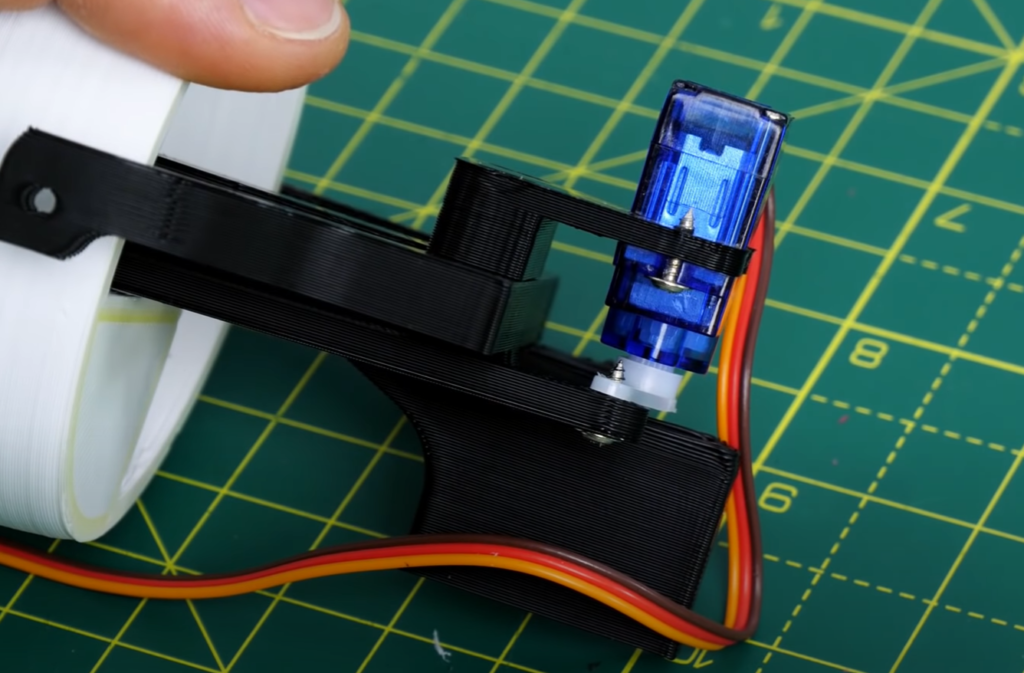The architectural model was designed using steel-reinforced concrete, glass windows, wooden steps, and an ESP32 for automation.
Architectural models are designed to approximate life-sized buildings in nearly every way, which is done for several reasons, including visualizing how light illuminates spaces, analyzing the best forms, and the relationships between spaces and materials. The Best Ever Architect’s Tiny Backyard Studio is one of those models and provides an understanding of home automation systems. While it may look simplistic, the model was created almost the same as life-sized buildings, beginning with a solid steel-reinforced concrete foundation, complete with pillars.
